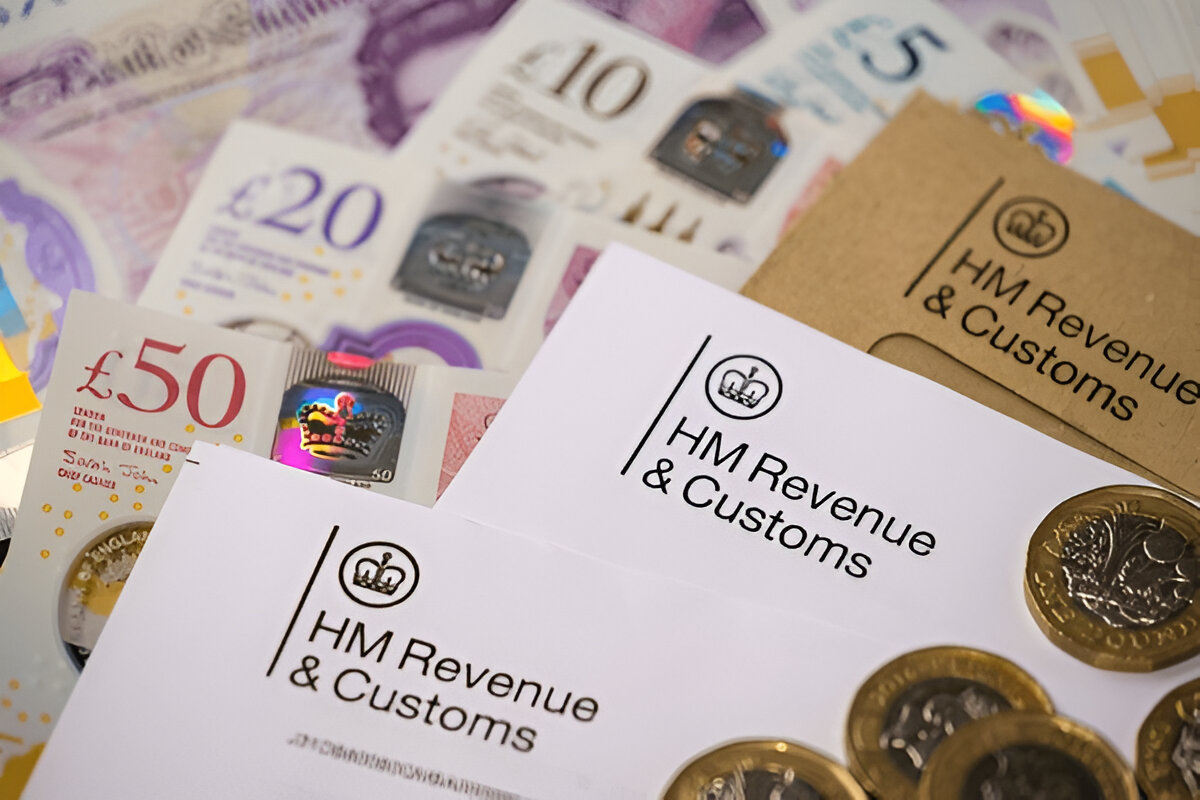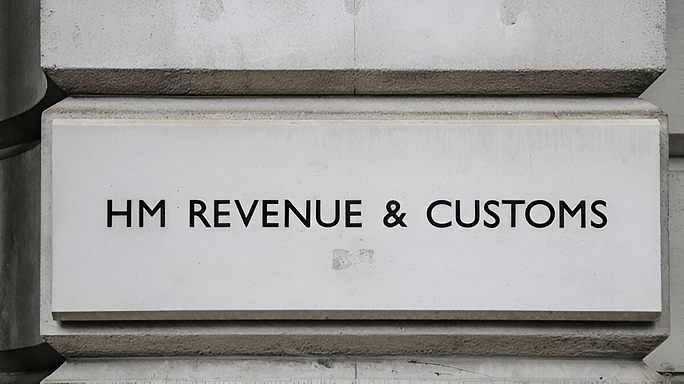
What Happens To Company Assets When A Business Is Wound Up?
When a business shuts down, it’s like pushing the reset button on everything it owns. But what happens to these possessions or assets? Picture yourself closing a store, and all the stuff inside—machines, inventory, maybe even the desks and chairs—needs sorting out. This will involve deciding how to sell, relocate or dispose of such things so that everything is well taken care of. Today, we’ll help you check out the nitty-gritty of what happens to a company’s assets when winding up a business. This way, you’ll have a clear idea of what to expect if you ever end up in this situation.
What Does Winding Up a Business Mean?

When a business is wound up, it’s officially closed down, and its assets and liabilities are settled. This means that the company ceases to exist as a legal entity-it is deleted from the register at Companies House. The process of winding-up includes selling off properties of the company to generate cash. These funds are used to settle debts owed by different creditors. If the company can settle its debts (solvent), any remaining money goes back to shareholders.
Steps in the Winding-Up Process
- Decision to Wind Up: The winding-up process begins when the directors and shareholders decide, or a court orders, that the business cannot pay its debts and must be closed down.
- Appointment of an Insolvency Practitioner: an IP is appointed to manage the process of liquidation. This professional is charged with responsibilities such as selling off the company’s assets, paying off creditors; and distributing the balance, if any, to the company’s shareholders.
- Notification to Stakeholders: Creditors, employees, and shareholders must be informed when the business has decided to wind up the business. This makes the procedures clear to everyone and enables any creditor to affix his/her signature in an effort to recover any amount of money that he or she has extended to the firm.
- Asset Valuation and Sale: The insolvency practitioner will then organize for the realization of the company’s assets where the majority of such assets would be sold. Assets may be in the form of land and buildings, machinery and equipment, materials and supplies, patents, trademarks, etc. The objective is to have the utmost possible revenue from such sales.
How Are Company Assets Sold?

Company assets can be sold in several ways during the winding-up process:
- General Auction: Assets may be sold through a public auction, where interested buyers can bid for them. This method often helps to get a fair market value.
- Tender by Private Sale: Assets might be sold through a tender process, where potential buyers submit offers in writing. The highest or most suitable bid is usually accepted.
- Direct Sale: Sometimes, assets are sold directly to selected institutions or individuals, especially if they have specific interest or need for them.
- Sale to Directors or Stakeholders: In cases where directors or stakeholders wish to retain certain assets for sentimental or strategic reasons, they can purchase these assets at their fair market value, as determined by an independent valuer.
Prioritization of Payments

After the disposal of assets, the cash generated is used to settle the company’s outstanding debts. However, not all creditors are treated equally; payments are made according to the designated hierarchy. This hierarchy ensures that different classes of creditors are paid in a set order of priority.
- Secured Creditors: These creditors have a security interest in some fixed-charge assets like property or cars. They are first in line for payment and are divided into two categories. They are first in line for payment and are divided into two categories:
- Fixed Charge Holders: Such types include banks as well as asset based lenders who have their rights of security over fixed assets. Regardless of the specific form of the agreed fixed charge, they are paid first from the sale of the asset they have a charge over.
- Floating Charge Holders: These creditors have rights over moving assets that include the products on the shelf and the monies that others owe to the business. They are paid after all fixed charge holders have been paid.
- Preferential Creditors: These include employee wages and certain taxes. Preferential creditors are paid after secured creditors have received their agreed-upon amounts.
- Unsecured Creditors: These creditors don’t have specific claims to the company’s assets and are paid after preferential creditors. They receive whatever funds are left after the preferential creditors have been settled, which may be a partial amount of their total debt.
- Shareholders: If there are any funds remaining after all creditors have been paid, these are distributed to shareholders based on their equity in the company.
Conclusion
The closure of a business involves specific procedures, including the sale of business assets and settlement of debts. Understanding these measures can help business owners navigate the closure process and comply with legal requirements. For valuable advice and assistance, consulting a professional advisor like TaxCan Accountants and Cangaf Ltd. is essential when planning to wind up your business.
More helpful links:
Contact Details:
CANGAF Accountants
235 Tonge Moor Road, Bolton BL2 2HR
Email: info@cangafltd.com
Phone: 01204 859315
Let CANGAF Accountants manage your finances while you focus on excelling on the pitch.


